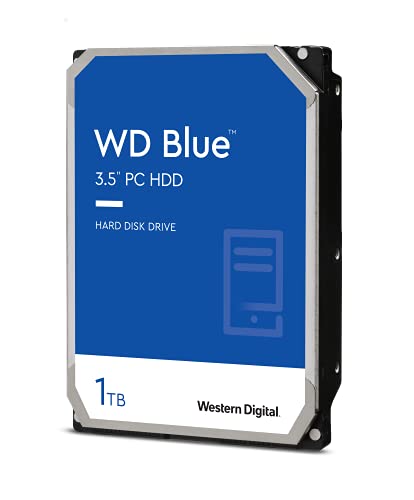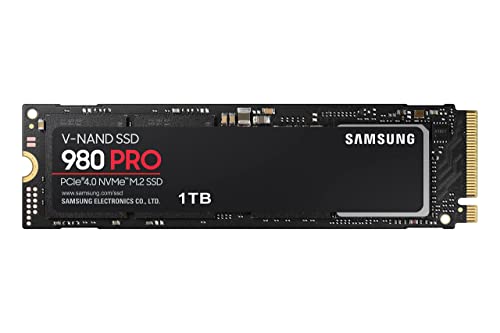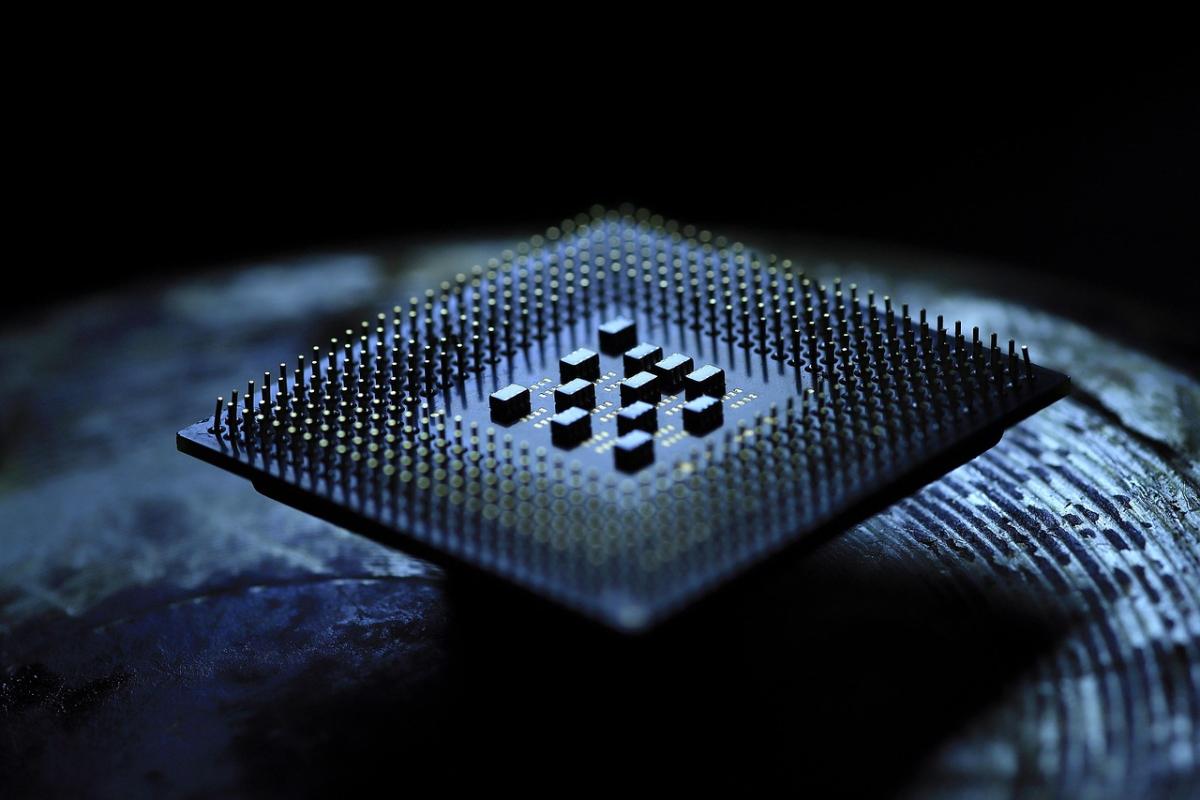**Introduction**
Solid state drives (SSDs) have revolutionized computing by drastically reducing boot times and accelerating application loads. The latest advancements—especially the introduction of NVMe 2.0 and PCIe 5.0 interfaces—promise even faster data transfer speeds and improved reliability. This article delves into the evolution of SSD technology, explaining how these next‑generation interfaces enhance performance, reduce latency, and meet the growing demands of data‑intensive applications such as gaming, video editing, and AI-driven analytics.
**Technological Innovations**
- **NVMe 2.0 Advantages:**
NVMe 2.0 builds on the success of earlier standards by offering even greater data throughput, reduced latency, and improved error correction mechanisms, all of which contribute to smoother performance in high‑demand scenarios.
- **PCIe 5.0 Interface:**
With PCIe 5.0, bandwidth is doubled relative to PCIe 4.0, providing a significant boost in performance for modern SSDs. This next‑gen connectivity accelerates data access and responsiveness across the system.
- **Improved Flash Memory Architectures:**
New techniques in NAND manufacturing increase storage density and endurance, ensuring that SSDs remain reliable even under rigorous usage conditions.
- **AI‑Enhanced Storage Management:**
Emerging firmware and management software use AI to optimize data placement, manage wear‑leveling, and dynamically adjust performance parameters to maintain peak efficiency.
**Applications and Benefits**
- **Ultra‑Fast Boot and Load Times:**
Accelerated data transfer speeds mean that systems installed with NVMe SSDs boot within seconds and launch applications almost instantly.
- **Optimized Workflows for Creatives:**
Content creators benefit from faster rendering times and streamlined workflows, as large video files and complex programs load swiftly.
- **Enhanced Gaming Experiences:**
Reduced latency and rapid data handling translate to a smoother, more responsive gaming environment that enhances the overall experience.
- **Cost‑Effective Performance Upgrades:**
As prices continue to drop, upgrading to NVMe SSDs on PCIe 5.0 systems becomes an effective way to extend system longevity without a complete overhaul.
**Future Directions**
Advancements in flash technology are expected to further push NVMe speeds and capacities while lowering costs. AI‑driven storage management will become more advanced, auto‑tuning performance parameters in real time, and enabling even larger, more robust storage configurations for both enterprise and consumer applications.
**Keywords:** SSD, NVMe 2.0, PCIe 5.0, high‑speed storage, ultra‑fast boot, low latency, flash memory, data throughput, storage innovation
The Future of SSDs
NVMe 2.0, PCIe 5.0, and Beyond
Related Articles
Essential High-Performance PC Components You Need Now
Upgrade your setup with the must-have parts for unbeatable gaming and productivity
Top Picks for Best High-Performance PCs
Find the perfect power machine for gaming, work, or creative projects
Your Guide to the Best High-Performance PCs
Find the Right PC for Your Gaming and Creative Needs
View our related products
See more






